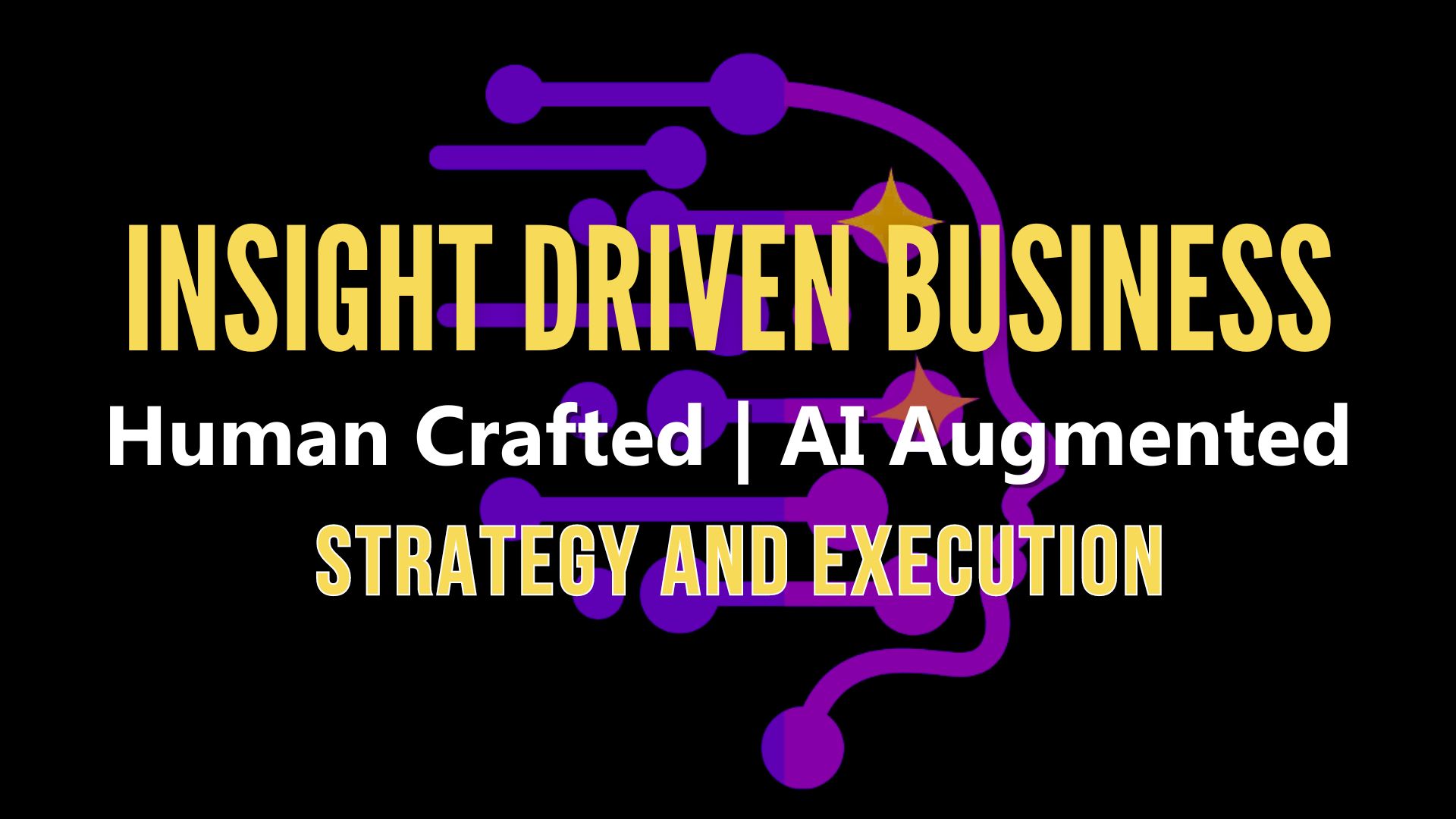Introduction
In an era characterized by unprecedented technological growth, businesses are challenged to adapt to evolving landscapes by continuously redefining their strategies to secure competitive advantage. At the forefront of these innovative technologies, Artificial Intelligence (AI) has emerged as a transformative force. Despite skepticism, the incorporation of AI in business strategy presents an indispensable opportunity for corporations to maximize efficiency, personalize customer experience, and augment decision-making processes. Nevertheless, a balanced interaction with human insight is essential to ensure the strategy aligns with the company’s needs, wants, goals, values, and vision.
The Imperative Role of AI in Business Strategy
Artificial Intelligence, at its core, offers a plethora of benefits, the most prominent of which is the capacity to handle massive data volumes efficiently. Traditional methods falter in comprehending such volumes, leading to missed opportunities and inefficiencies. AI, however, is capable of extracting insights from data with remarkable precision and speed. These insights empower companies to forecast market trends, predict consumer behavior, and streamline operations – facilitating strategic decisions that secure the company’s position in a competitive landscape.
Moreover, AI provides unparalleled personalization capabilities. With the surge of data availability, businesses can now harness AI to offer individualized customer experiences. AI can analyze consumer patterns, preferences, and needs, paving the way for targeted marketing strategies and tailored product recommendations. This enhanced customer engagement not only fosters loyalty but also boosts profitability.
Balancing AI with Human Insight
Despite AI’s myriad benefits, its incorporation into business strategy cannot be seen as a panacea. Its use necessitates a balanced interplay with human interaction to ensure a comprehensive and nuanced strategy.
Humans are uniquely capable of understanding and interpreting subjective components such as emotions, ethical considerations, and societal contexts – elements currently beyond AI’s reach. Employees, customers, and stakeholders impart essential feedback reflecting these dimensions, which can significantly shape a company’s strategic direction.
Furthermore, humans possess the ability to question, validate, and contextualize the insights that AI produces. The recognition of patterns or trends doesn’t automatically signify relevance or importance. Thus, human judgment plays a pivotal role in distinguishing actionable insights from mere data points.
The Intersection of AI and Human Interaction: A Strategic Blueprint
In this confluence of AI and human interaction, businesses can actualize a robust strategy that resonates with their values and visions. Human insight ensures that the strategy remains consistent with the company’s ethos and objectives, while AI augments this process with data-driven insights and efficiency.
Successful AI integration requires a cultural shift that values both technological innovation and human intellect. Business leaders must champion a mindset that recognizes AI as a tool enhancing human capabilities rather than replacing them. Meanwhile, employees should be encouraged to view AI as an ally that can liberate them from mundane tasks, granting them more time to engage in complex problem-solving and creative endeavors.
Simultaneously, organizations should invest in upskilling their workforce to interact effectively with AI systems. This involves understanding how to interpret AI insights, asking the right questions, and making informed decisions based on these insights.
Final Thoughts
In the modern business milieu, the inclusion of Artificial Intelligence in business strategy is no longer a futuristic concept but a critical necessity. However, its implementation should not overshadow the equally important role of human interaction. As we navigate the nexus of AI and human engagement, it’s vital to foster a symbiotic relationship between the two. Through this balanced interaction, businesses can formulate holistic strategies that resonate with their vision while thriving in a dynamic market landscape.
